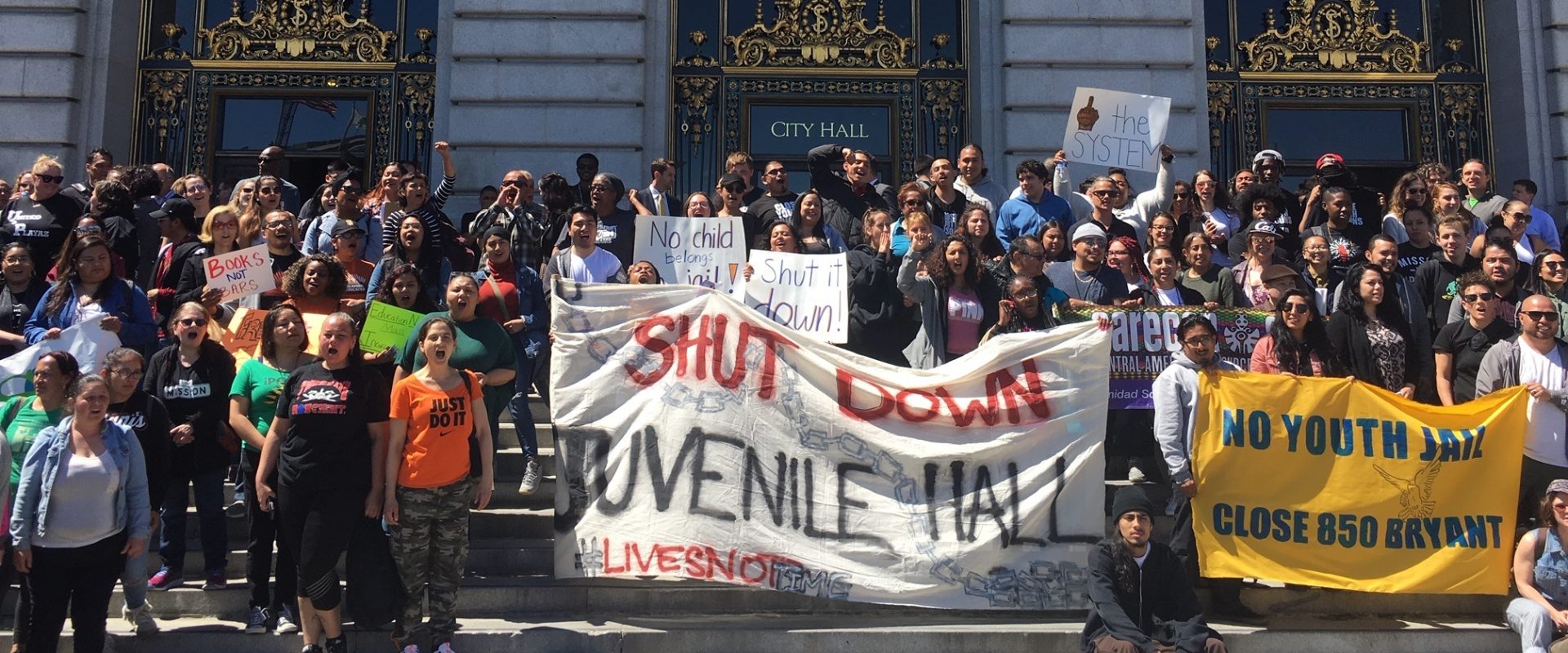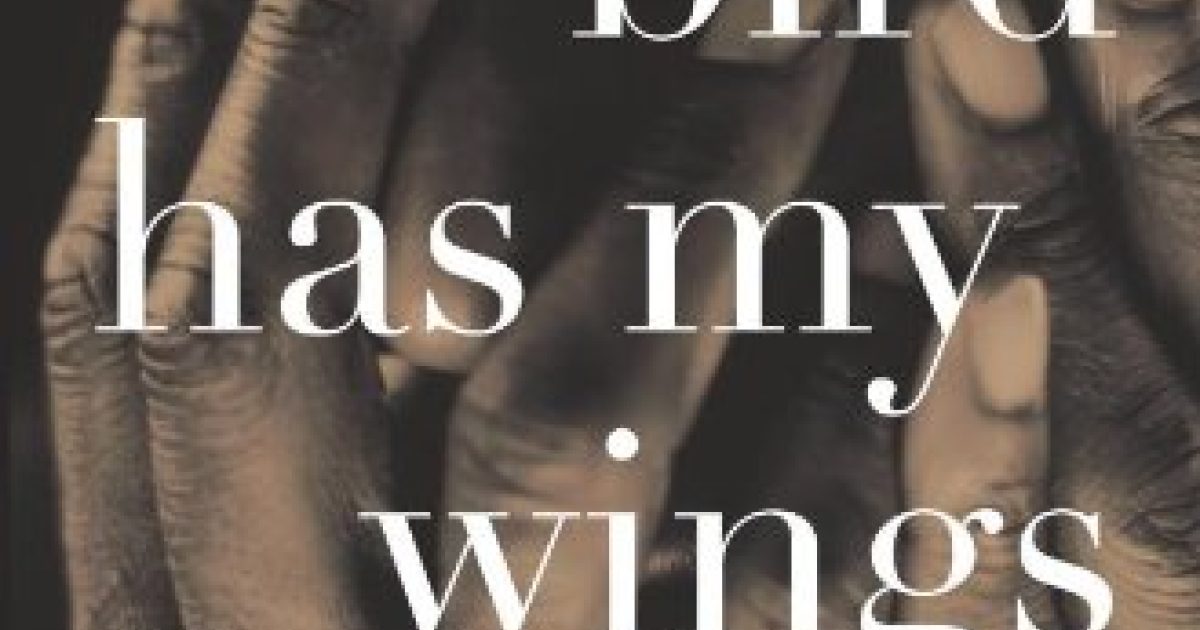Blog Oct 12, 2010
The Importance of an IBTM
DJF has begun to implement some cognitive-behavioral evidence-based treatment programs in their facilities. These model programs include Aggression Replacement Training (ART) and CounterPoint. Both programs are designed in a similar format with the goal of skill acquisition: first the facilitators teach and model relevant skills, then the youths role-play these skills, and eventually the youths are required to practice the skills in their natural setting. The aim is that youths internalize…
Blog Oct 5, 2010
That Bird Has My Wings
A cautionary tale for kids in danger of following the same path, this book is also meant to inspire government officials and social service professionals who are truly in a position to fix our broken system.
On September 14, 2010, CJCJ staff visited the O.H. Close and N.A. Chaderjian Youth Correctional Facilities operated by CDCR’s Division of Juvenile Facilities. Our party of six was accompanied through the facilities by over fifteen DJF staff members comprising all levels of DJF personnel. This presented us with a unique opportunity to examine DJF’s progress in providing rehabilitative treatment and care at various levels of the institutional system. We are deeply grateful for the opportunity…
Blog Sep 27, 2010
Dropping Out and Imprisonment
In a previous blog I discussed the relationship between dropping out and crime among juveniles. In this blog I noted that that compared to high school graduates dropouts “earn lower wages, pay fewer taxes, are more likely to commit crimes, are less likely to be employed, are more likely to be on welfare, and are less healthy.” “” On my web site I expanded on this by exploring what the Children’s Defense Fund has called the prison pipeline or the connection between the…
The latest figures from the Bureau of Justice Statistics show that drug and immigration offenses constitute a large proportion of the cases processed in the criminal justice system, along with a rising number of immigration cases. Starting with the latest numbers from the series ” Felony Defendants in Large Urban Counties, 2006 ” we find that between 1994 and 2006 drug cases constituted the largest proportion of felony cases, ranging from 34% to 37%. During the same period the proportion…

